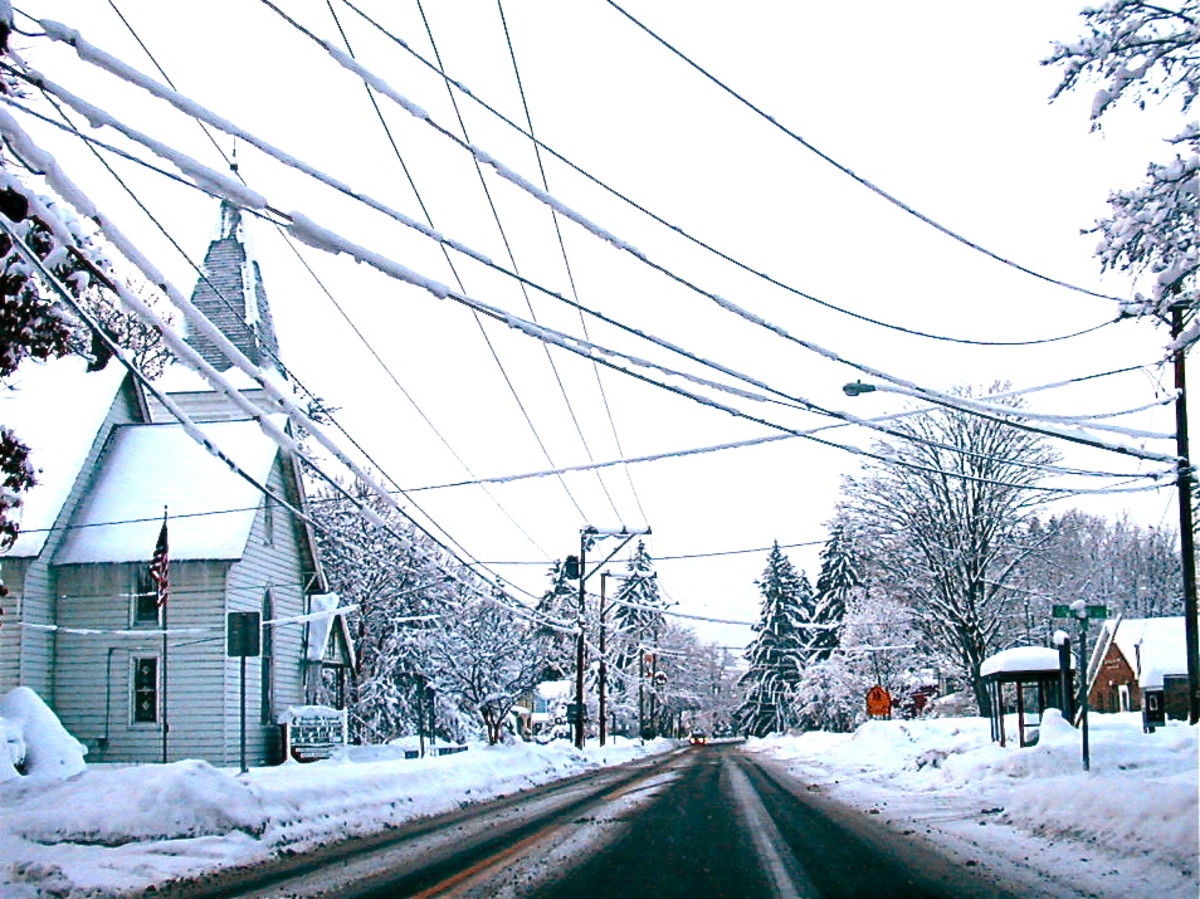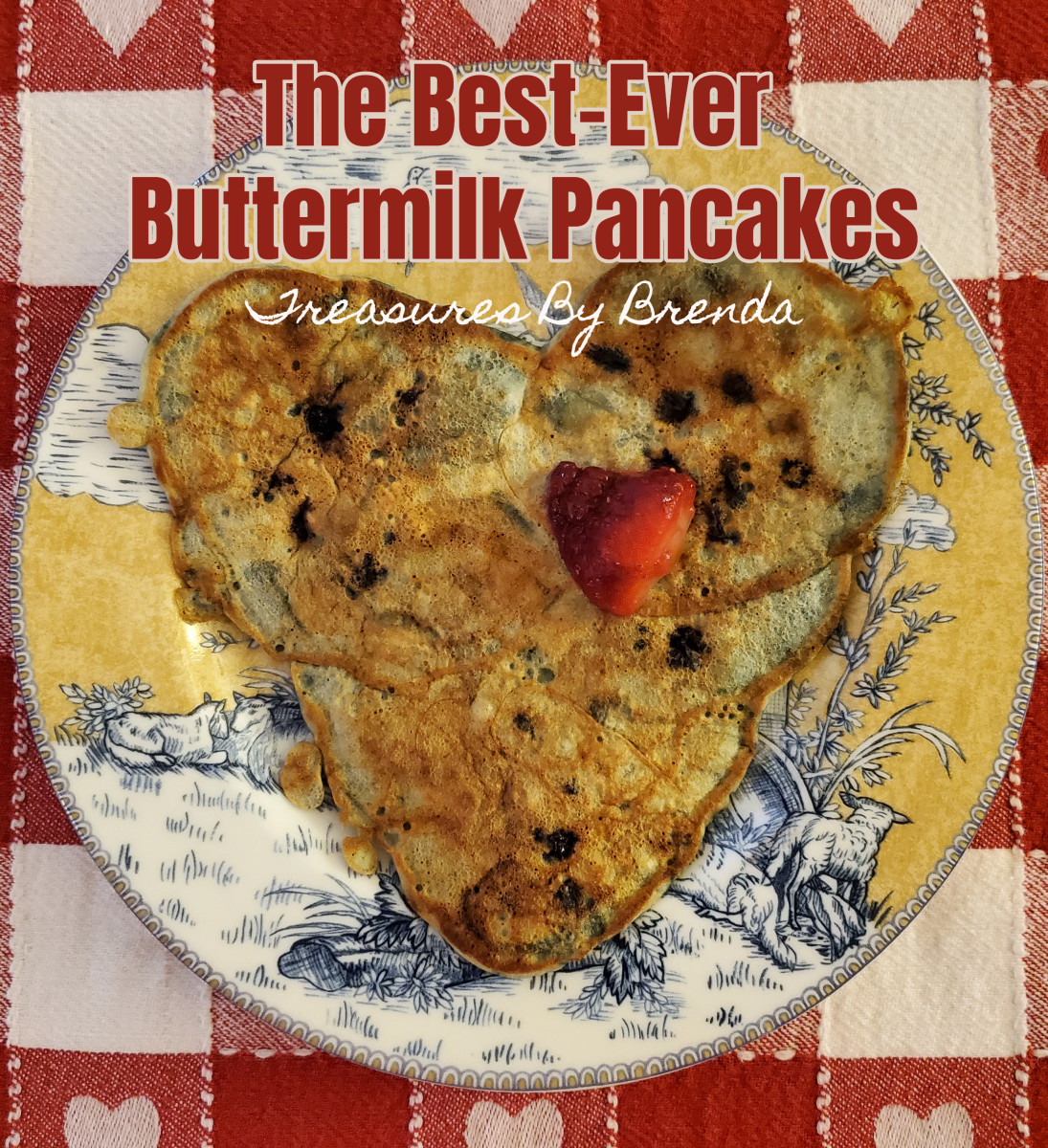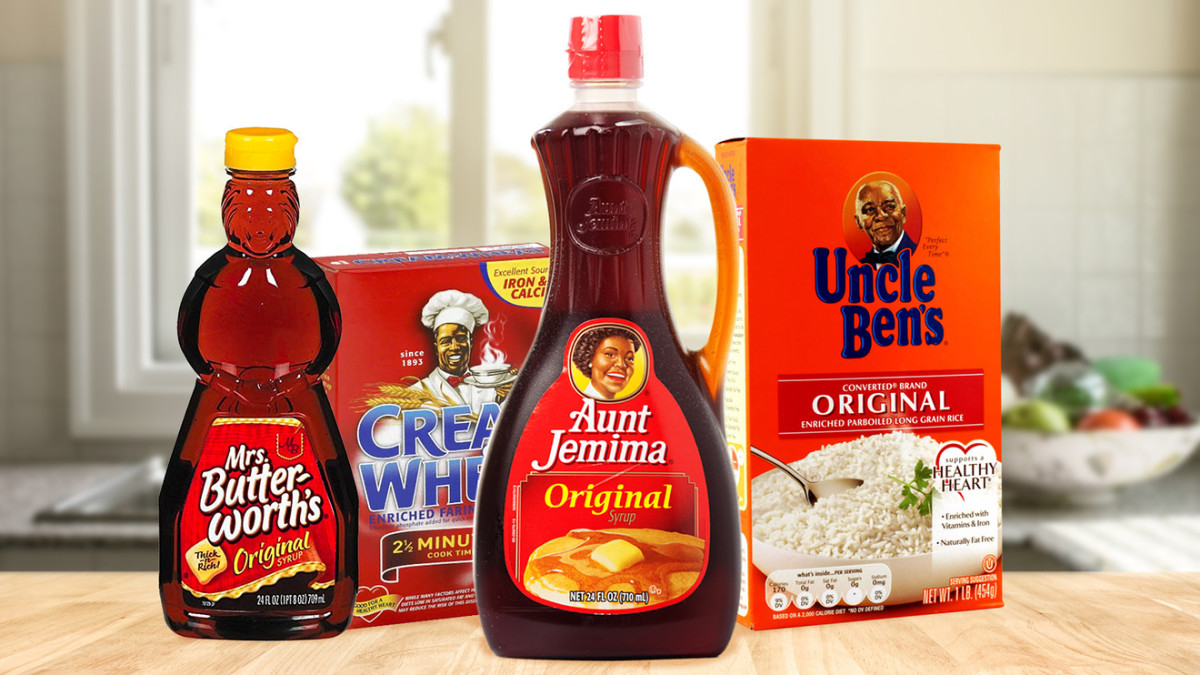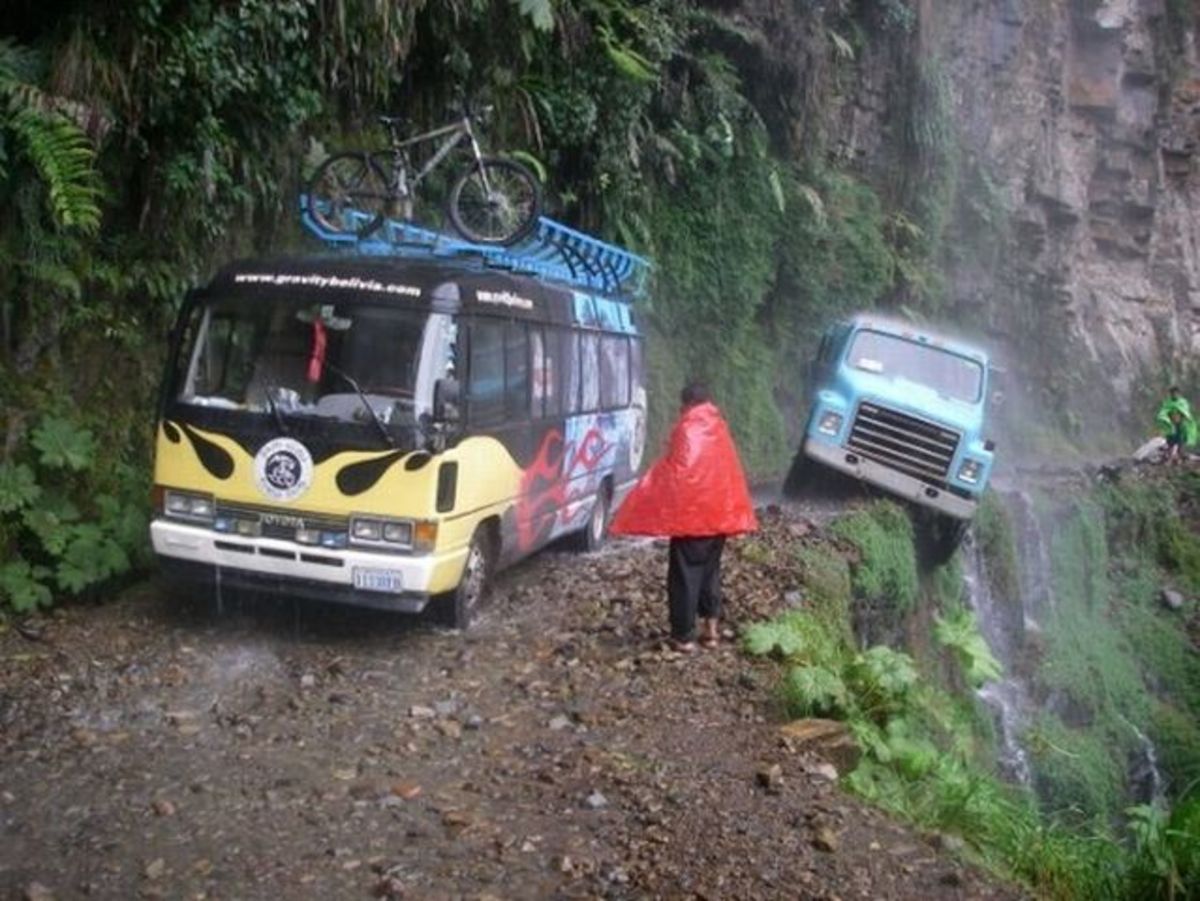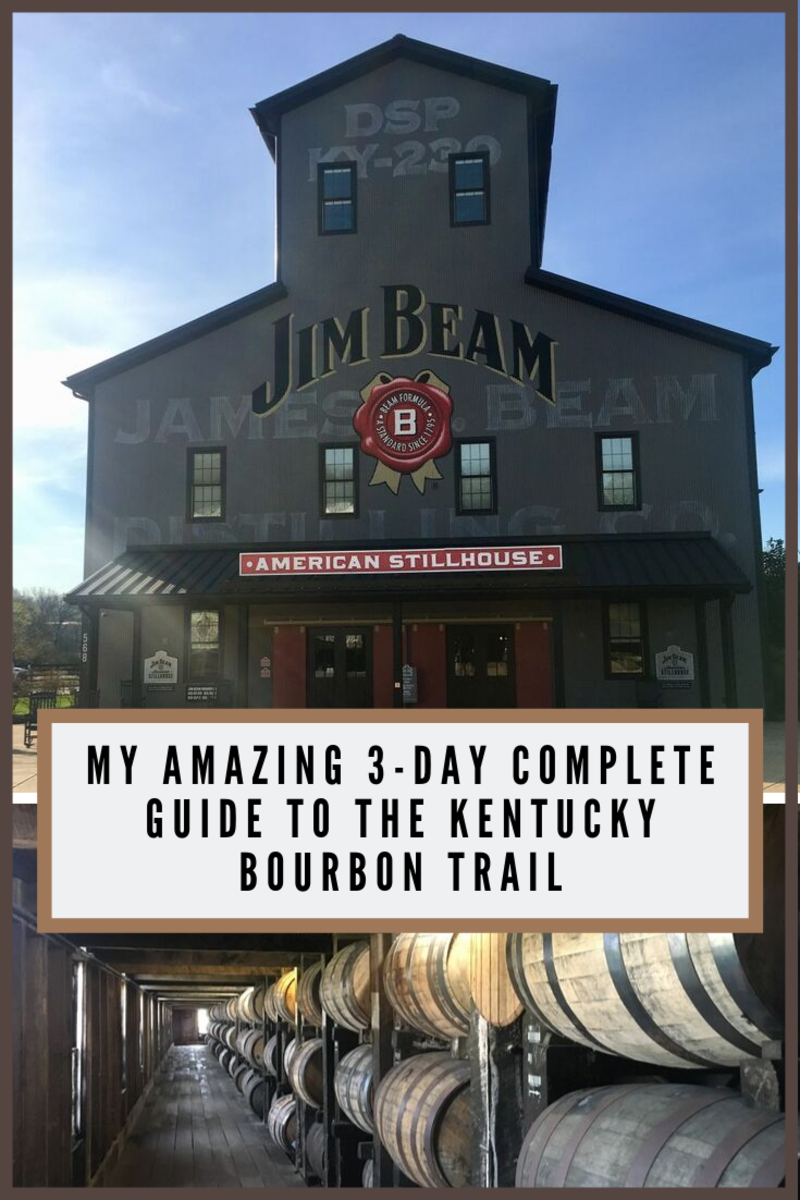Maple Syrup Production, Pancake Breakfast and a Road Trip
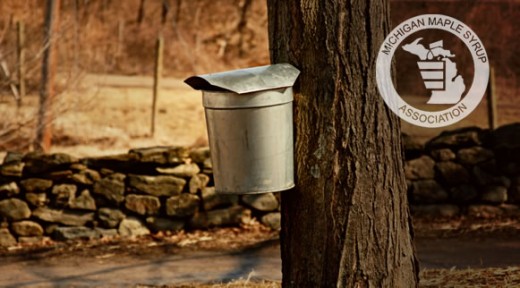
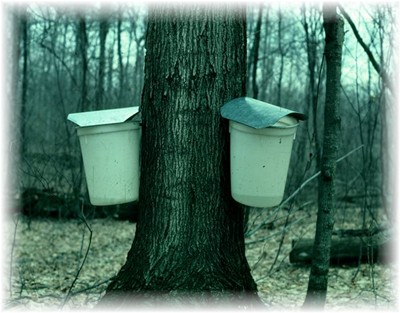
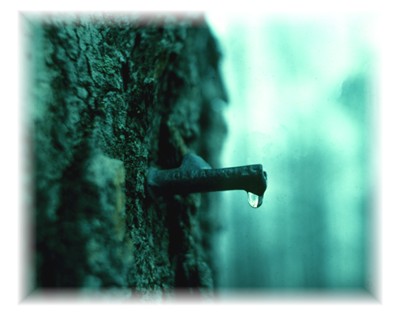
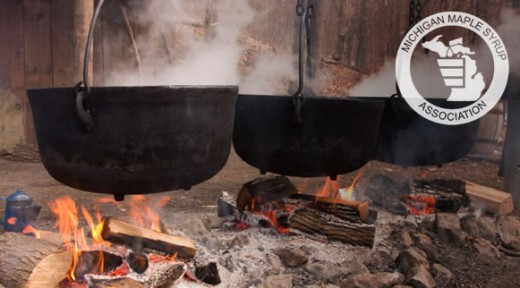
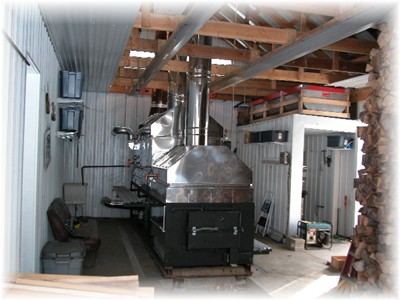
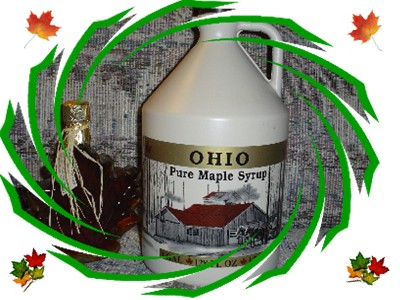
Maple Sugaring Part 1
Maple Sugaring Part 2
Maple Syrup Production
Maple syrup is made from maple sugar trees which grow in the northern climates of southeastern Canada and northeastern United States. Maple syrup season is in late winter to early spring, for about four to six weeks, when the temperature at night is below zero and the daytime temperature is above zero. This temperature fluctuation creates an internal pressure in the maple tree that causes sap to flow. When the sap flows, it is “sugar weather.” The activities involved in making maple syrup are called “sugaring,” and were taught to early North American settlers by Native Americans.
The methods for harvesting maple syrup are the same as they were 100 years ago. The methods used to get the sap to the boiling location or “sugar house” varies somewhat. Hobby and small producers carry buckets. Large commercial producers use plastic tubing systems.
If you have access to a few maple trees, you can make your own maple syrup. With a little extra processing, you can make maple sugar, candy, fudge, nougat, cream or other products. Besides making great pancake syrup, maple syrup makes a delicious glaze for grilled salmon or pork roast. It can add flavor to a sweet potato casserole and soften a pecan pie. Maple syrup products make great gifts for family and friends.
A good maple tree for sugaring is about 10 inches round; which is about 40 years of growth. Any species of maple tree can be used for syrup, but in Ohio sugar and black maples are preferred. Maple syrup is made by boiling off water from the sap until a desired sugar concentration is achieved. Sugar and black maples have higher sap content than red and silver maples. Less sap is needed and less time and energy is required to make syrup from sugar and black maples. The syrup from red and silver maple still tastes very good.
Tapping a tree involves drilling a 3 inch hole into the trunk, inserting a spout into the hole, and attaching a bucket with a lid to the spout. Up to three taps can be drilled into each tree. Each tap can produce up to 10 gallons of sap in a good season. It takes 10 gallons of sap to produce a quart of syrup or 40 gallons of sap to produce a gallon of syrup. Tapping does not harm the trees. Some trees are known to have been tapped continuously for over 100 years.
The sap looks like water and tastes like sugar water. It is a clear liquid that is about 98% water and 2% sugar. The sap is collected and taken to the sugarhouse. Sugaring is the process of boiling down the sap and converting it to syrup. After boiling, the syrup is filtered, graded and bottled. Correct temperature conditions must be met during the boiling and bottling process to assure the highest quality of syrup.
In Ohio, the demand for maple products exceeds production. The market is wide open for Ohio woodland owners who want to supplement their income or diversify. While there are significant start-up costs, rapid recovery of investment is possible due to the worldwide demand for maple products that can only be produced in a small region of the world. Generally, a 500 tap or larger operation is needed to generate significant supplemental income for a household. About 70% of maple products are sold “farm-gate” – on the property where they are produced. The remaining products are sold at craft shows, gift shops, farmer’s markets, or are sold wholesale to retail packers.
State Maple Producers Associations
See the links below for information about maple production in some of the maple producing states. These links have information about maple farm tours and where to purchase maple products:
North American Maple Syrup Producers Manual: Second Edition
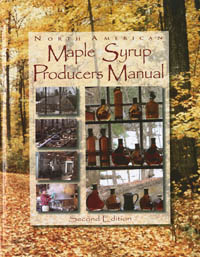
- Michigan Maple Syrup Association
The history of Michigan Maple Syrup is nearly as old as the land itself! Native Americans were making maple syrup here centuries ago. Today, Michigan maple syrup is made both traditionally and in modern facilities using the latest refinement technolo - Vermont Maple Syrup | The Official Site of Vermont Maple Industry, Vermont Maple Sugar Makers Associ
Learn more about Vermont Maple Syrup and Maple Products from the Official Site of Vermont Maple Industry, Vermont Maple Sugar Makers Association, and Vermont Maple Foundation - Massachusetts Maple Producers Association
The Home of the Massachusetts Maple Producers Association. Here is where you will find EVERYTHING having to do with Maple Syrup - Ohio Maple Producers Association
Ohio Maple Producers Association - Ohio's state association for Ohio Maple Producers. Membership provides voice, vote, assistance for maple products
Pancake Breakfast and a Road Trip
The Geauga County Historical Society is hosting its Annual Pancake Breakfast at Century Village in Burton, Ohio during its maple sugaring time. Visitors can taste the maple syrup that is grown there and learn about maple syrup production. The pancake breakfast includes all you can eat pancakes with maple syrup, sausage, omelets, and applesauce. The museum store will be open, where gift packages of maple syrup and apple butter can be purchased.
This event is held every Sunday from March 6 to April 3, 2011. The March 20th date is also Buzzard Sunday in Hinckley, Ohio. The two events are an hour drive from each other. The events could be separate full day road trips or combined for a one day road trip on March 20th.
Sundays 3/6/2011, 3/13/2011, 3/20/2011, 3/27/2011, 4/3/2011 9:00 am - 2:00 pm
Buzzard Sunday March 20, 2011 9am-2:30pm
Maple Syrup Recipes
- Cook's Illustrated
grilled glazed salmon, maple glazed pork roast, roasted maple carrots with browned butter, maple sweet potato casserole, maple pecan pie, and more.





